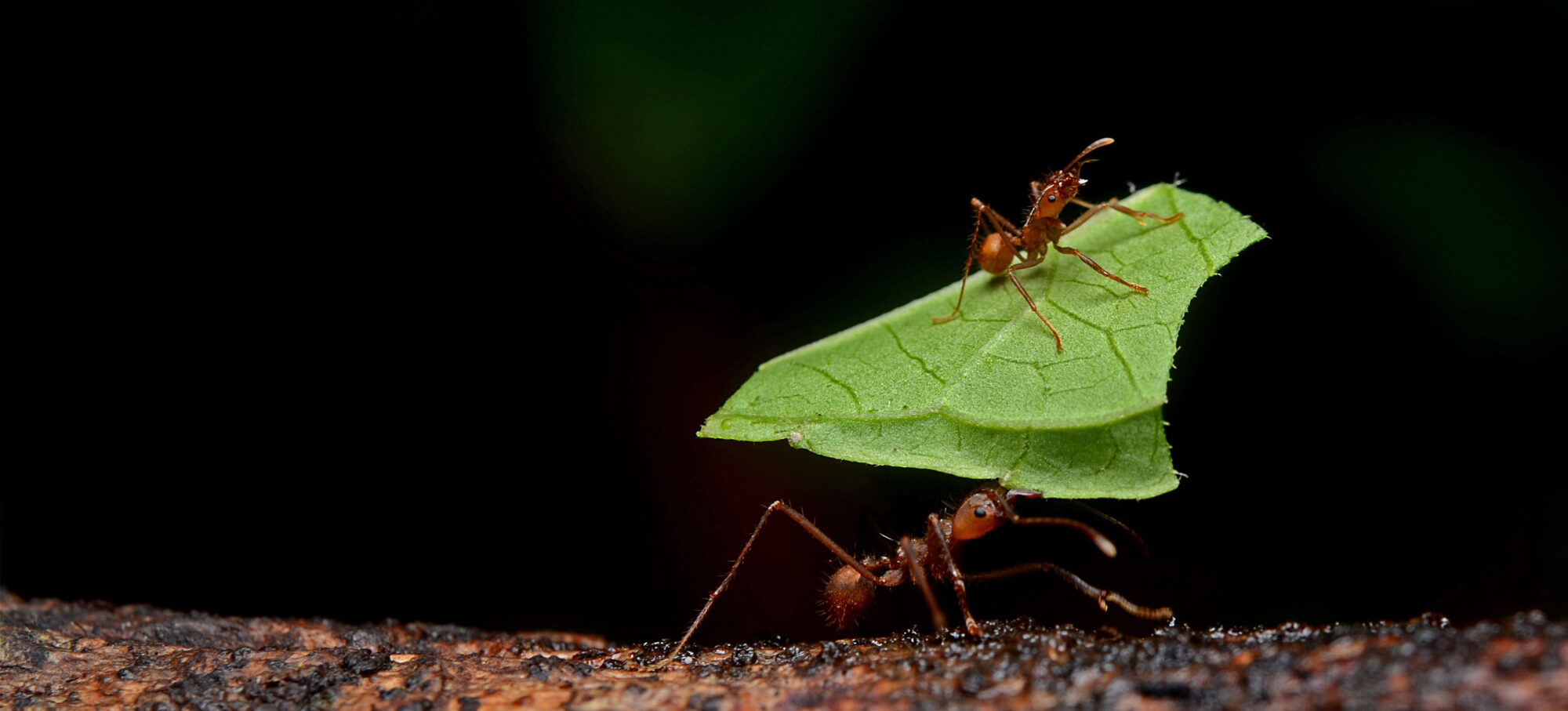Antibiotics Pollution Index: 400 (11 September 2017)
What is the Antibiotics Pollution Index?
What it does
Metronidazole gets activated in cells that live in oxygen-low environments, known as anaerobic cells. It is effective against many anaerobic organisms, which include bacteria and parasites. It binds DNA, and causes breaks which cells do not survive.
Due to activation in an oxygen-low environment, this drug separates anaerobic cells from the patient’s own aerobic (oxygen-breathing) cells. Metronidazole use, however, increases the risk for cancer, which may be the result of activation in human cells, too. When received in high doses, this drug can also be neurotoxic.
Who gets it
An infamous target for metronidazole is Clostridium difficile, a typical landmark for bad hygiene and incorrect antibiotic use, leading to diarrhea, colon perforation, with a potential fatal outcome. It is also administered to prevent surgery-related infections and sexually transmitted diseases. Not only people are treated. This carcinogenic antibiotic is a frequently used drug in animal husbandry and aquaculture. It has been banned in the USA and Europe for food-producing animals, but big and small pets (such as horses, dogs, ornamental fish and reptiles) still receive it. Outside the EU and USA, you may find your metronidazole in your food, too: it is given to poultry, pigs, and fish. In all animals studied, this antibiotic remains detectable in many organs up to 2-3 weeks after the last dosage. This is 2 weeks short of the complete life of your average meat-chick.
Where may it be produced?
Poland, India, Italy, Portugal, China, Mexico, USA, France.
And, SquaredAnt, does it pollute?
We found evidence for pollution in WWT effluent, hospital effluent and river water. The concentration in WWT effluents is around 0.1 ng/ml. 500 million liters of waste water would give you approximately one dosage of metronidazole, of which you’d probably need 4 in a day. Spectacular enough, this low concentration could trigger resistance against metronidazole. Given the usage in farms, hospitals and pets throughout the world, there are probably quite a few places oxygen-low places -such as sewage systems and lagoons -where metronidazole pollution stimulates resistance on the long term.
Warning lights
The high cost of appropriate tests for infections and the seriousness of anaerobic infections has lead to an overuse of usage and an under-reporting of resistance against metronidazole. But let’s give patients and doctors the benefit of the doubt. A more worrying signal is our finding that the on-line demand of this drug is very high. For those who ignore resistance, oncogenic and neurotoxic risks, metronidazole may seem like a wonder drug that can compensate bad hygiene and poor maintenance in stables, ponds, terrariums, etc.
Any common sense in this antibiotic?
Since 2 decades, metronidazole has been banned from food producing animals in the USA (1994) and the EU (1998). From 2017, authorities in China have introduced a standard to test for metronidazole in food. This indicates at the very least that metronidazole pollution is on the radar in China.
Sources
- https://en.wikipedia.org/wiki/Metronidazole
- https://www.pharmacompass.com/ (metronidazole production info)
- https://www.drugbank.ca/drugs/DB00916 (treatment specifics)
- https://www.ncbi.nlm.nih.gov/pmc/articles/PMC5543052/ (residue in meat)
- https://www.ncbi.nlm.nih.gov/pubmed/25830865(residue in fish)
- https://www.accessdata.fda.gov/drugsatfda_docs/label/2010/012623s061lbl.pdf (FDA guidelines on drug usage)
- http://www.moa.gov.cn/zwllm/nybz/201612/t20161226_5417394.htm (refers to new standard in detecting metronidazole in food, in China)
- http://www.medscape.com/viewarticle/873864_2 (neurotoxic properties of some antibiotics)
- https://academic.oup.com/cid/article/59/5/698/2895712/Antimicrobial-Resistance-and-Susceptibility (resistance issues of anaerobic pathogens)
- http://dx.doi.org/10.1016/j.envint.2015.10.015 (article describing the concentrations that may stimulate antibiotic resistance)

